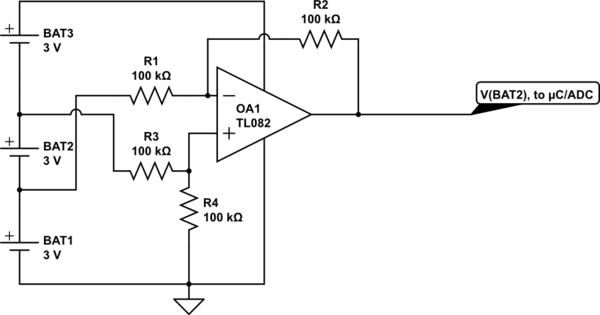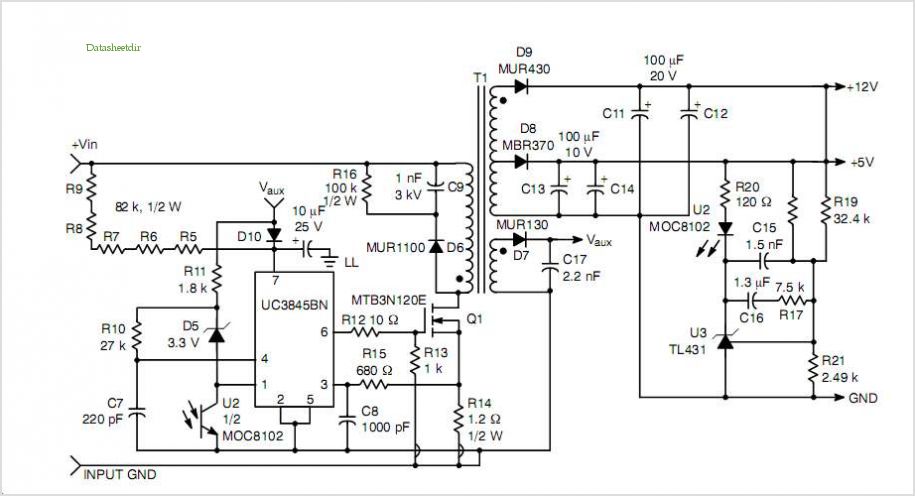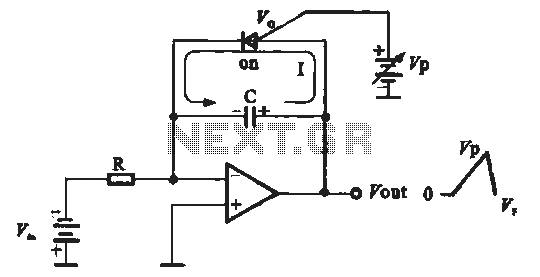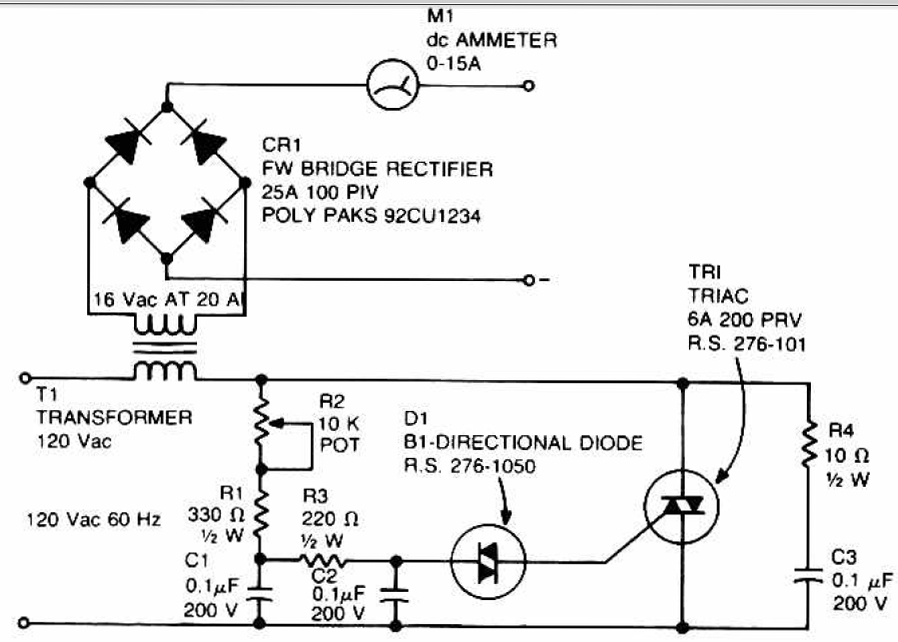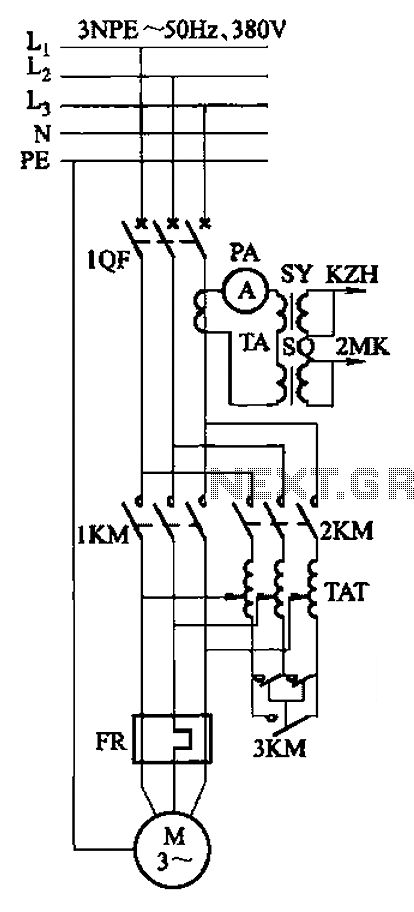
Triac zero voltage switching

The triac will be activated at the beginning of the positive half cycle due to the current flowing through the 3 µF capacitor, provided that the C103 SCR is in the off state. The load voltage subsequently charges the 1 µF capacitor, allowing the triac to be re-energized during the following negative half cycle of the line voltage. A specific gate triac is necessary due to the III+ triggering mode.
The circuit utilizes a triac for controlling power in AC applications, specifically designed to handle alternating current by switching on and off in response to the AC waveform. The operation begins with the positive half cycle of the AC signal, where the 3 µF capacitor plays a crucial role in delivering the necessary gate current to the triac. This gating action occurs only when the C103 SCR is not conducting, ensuring that the triac remains off until the appropriate conditions are met.
As the load voltage rises during this phase, it charges the 1 µF capacitor. This capacitor serves as a timing element that enables the triac to be triggered again during the next negative half cycle. The timing and control of this operation are vital for applications requiring precise power management, such as in lighting control or motor speed regulation.
The selection of a specific gate triac is important due to the III+ triggering mode, which is a method of controlling the turn-on point of the triac in relation to the AC waveform. This mode allows for finer control over the phase angle at which the triac is triggered, thus enabling efficient power delivery and reduced electrical noise.
In summary, the described circuit effectively utilizes capacitive coupling and controlled triggering to manage AC loads, ensuring that the triac operates efficiently across both halves of the AC cycle while accommodating the requirements of the III+ triggering mode.The triac will be gated on at the start of the positive half cycle by current flow through the 3 µf capacitor as long as the C103 SCR is off. The load voltage then charges up the 1 µF capacitor so that the triac will again be energized during the subsequent negative half cycle of line voltage
A selected gate triac is required because of the III+ triggering mode.
The circuit utilizes a triac for controlling power in AC applications, specifically designed to handle alternating current by switching on and off in response to the AC waveform. The operation begins with the positive half cycle of the AC signal, where the 3 µF capacitor plays a crucial role in delivering the necessary gate current to the triac. This gating action occurs only when the C103 SCR is not conducting, ensuring that the triac remains off until the appropriate conditions are met.
As the load voltage rises during this phase, it charges the 1 µF capacitor. This capacitor serves as a timing element that enables the triac to be triggered again during the next negative half cycle. The timing and control of this operation are vital for applications requiring precise power management, such as in lighting control or motor speed regulation.
The selection of a specific gate triac is important due to the III+ triggering mode, which is a method of controlling the turn-on point of the triac in relation to the AC waveform. This mode allows for finer control over the phase angle at which the triac is triggered, thus enabling efficient power delivery and reduced electrical noise.
In summary, the described circuit effectively utilizes capacitive coupling and controlled triggering to manage AC loads, ensuring that the triac operates efficiently across both halves of the AC cycle while accommodating the requirements of the III+ triggering mode.The triac will be gated on at the start of the positive half cycle by current flow through the 3 µf capacitor as long as the C103 SCR is off. The load voltage then charges up the 1 µF capacitor so that the triac will again be energized during the subsequent negative half cycle of line voltage
A selected gate triac is required because of the III+ triggering mode.
